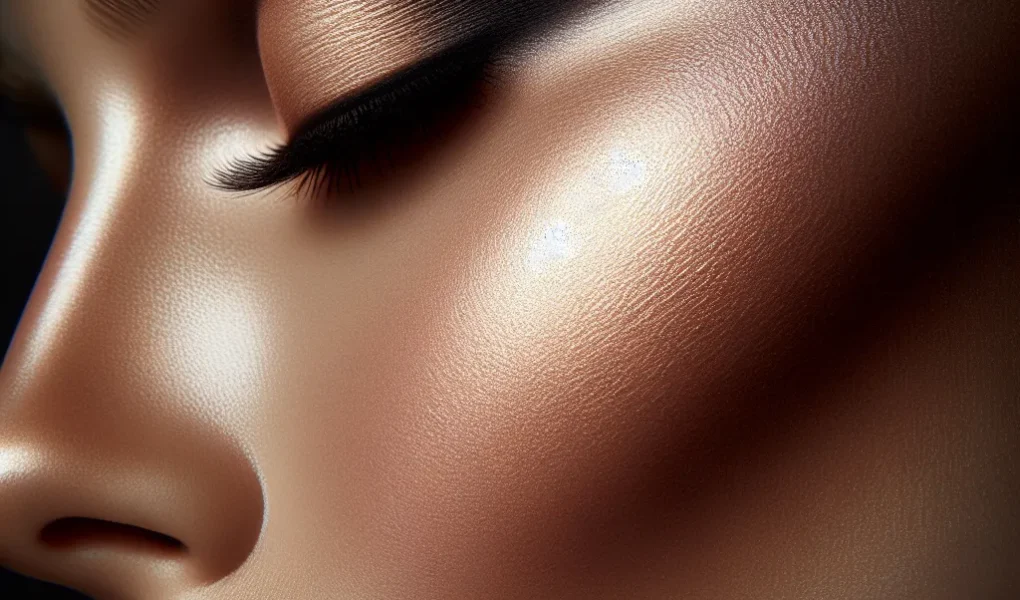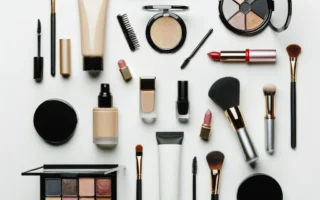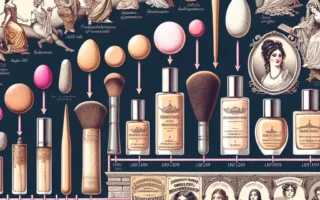– Understanding Contouring and Highlighting Techniques
Understanding Contouring and Highlighting Techniques
When it comes to mastering the art of contouring and highlighting, it’s essential to grasp the various techniques involved in creating the perfect face shape and glow. Contouring and highlighting are like using light and shadow to sculpt and enhance facial features, akin to creating a masterful piece of art on a blank canvas.
One important aspect of perfecting these techniques involves understanding the importance of a well-prepped base. Just as an artist starts with a smooth and primed canvas, so too should one’s face be prepped before applying makeup. Using a quality hand cream, such as the one from hand cream, can help ensure that the skin is moisturized and ready for the contouring and highlighting process, providing a smooth and flawless canvas for the makeup application.
By understanding the contouring and highlighting techniques and the importance of a well-moisturized base, one can truly master the art of creating a beautifully sculpted and radiant look.
– Understanding Contouring and Highlighting Techniques
Understanding contouring and highlighting techniques is essential for mastering the art of sculpting the face and creating a flawless makeup look. Contouring involves using a darker shade to create shadows and add definition to certain areas of the face, such as the hollows of the cheeks, the sides of the nose, and the jawline. On the other hand, highlighting utilizes a lighter shade to bring forward and illuminate specific features, such as the cheekbones, the bridge of the nose, and the cupid’s bow.
When it comes to contouring, it’s important to choose a matte product that is a few shades darker than your natural skin tone. This will ensure a more natural-looking result. A cool-toned contour shade works best for creating realistic shadows. Blending is key to achieving a seamless contour, so be sure to blend out any harsh lines for a more natural appearance.
Highlighting, on the other hand, involves using a product that is a few shades lighter than your skin tone and has a luminous finish. This will help to attract light to the high points of the face, giving it a radiant and youthful appearance. When applying highlighter, focus on the areas where light naturally hits the face, such as the tops of the cheekbones, the brow bone, and the center of the nose.
Understanding the underlying bone structure of the face is crucial for mastering contouring and highlighting techniques. Different face shapes may require different contouring and highlighting placements to achieve the most flattering results. By carefully studying the contours of the face, one can tailor the makeup application to enhance the natural features and create the desired look.
By mastering the art of contouring and highlighting, one can enhance their features, create symmetry, and achieve a professional, polished makeup look. With practice and an understanding of the techniques involved, anyone can elevate their makeup game and achieve a beautifully sculpted visage.
– Mastering the Art of Sculpting Your Features
Mastering the art of contouring and highlighting is a game-changer in the world of makeup. Achieving a perfectly sculpted face is all about knowing how to strategically use shadows and light to enhance your features. Contouring allows you to create dimension and shape, while highlighting adds luminosity and draws attention to the high points of your face.
When it comes to mastering the art of sculpting your features, it’s important to start with a good understanding of your face shape. Different face shapes may require different contouring techniques. For example, those with a round face may want to focus on contouring the outer edges to create the illusion of more angular features, while those with a square face may focus on softening the angles with strategic application of contour and highlight.
One key aspect of mastering feature sculpting is the use of the right products and tools. Cream or powder contour products can be used based on personal preference and skin type. The key is to blend effectively to avoid any harsh lines or patchiness. When it comes to highlighting, choosing the right shade and formula can make all the difference. Liquid or powder highlighters can be used to add a touch of glow to the high points of the face, such as the cheekbones, brow bone, and the bridge of the nose.
Mastering the art of contouring and highlighting is an ongoing learning process, and it’s important to practice and experiment to find what works best for your unique features. With the right techniques and a bit of practice, anyone can achieve a flawlessly sculpted look that enhances their natural beauty.
– Enhancing Your Facial Structure: Contouring and Highlighting Tips
Enhancing Your Facial Structure: Contouring and Highlighting Tips
Mastering the art of contouring and highlighting can significantly enhance your facial features, providing a sculpted and radiant appearance. By strategically using makeup to create shadows and light, you can define your cheekbones, slim your nose, and accentuate your best features. Here are some essential tips for achieving expert-level contouring and highlighting:
1. Choose the Right Products: Opt for a matte contour shade that is two shades darker than your natural skin tone. For highlighting, select a shade that is one to two shades lighter with a pearlescent or shimmery finish.
2. Understand Your Face Shape: Different face shapes require different contouring techniques. For example, if you have a round face, focus on contouring the outer edges to create the illusion of a more angular jawline. If your face is more angular, blend contour along the temples and under the cheekbones to soften the angles.
3. Blend, Blend, Blend: The key to natural-looking contouring and highlighting is seamless blending. Use a soft, fluffy brush to blend the contour and highlight products for a flawless finish.
4. Be Mindful of Placement: Apply contour along the hollows of your cheeks, the temples of your forehead, and under your jawline. For highlighting, focus on the high points of your face such as the tops of your cheekbones, the bridge of your nose, and the cupid’s bow of your lips.
5. Less is More: Build up the intensity of your contour and highlight gradually. It’s easier to add more product than to remove excess makeup.
Mastering contouring and highlighting takes practice, but with the right techniques and products, you can enhance your facial structure and achieve a beautifully sculpted look.
– Achieving a Flawless Look: Contouring and Highlighting Strategies
Mastering the art of contouring and highlighting is an essential skill for achieving a flawless makeup look. Understanding the strategies behind contouring and highlighting can help enhance facial features and create a sculpted appearance. When it comes to contouring, it’s crucial to choose a shade that is slightly darker than your natural skin tone to create shadows and add dimension to the face. Common areas to contour include the hollows of the cheeks, the temples, and along the jawline.
On the other hand, highlighting involves using a lighter shade to bring forward and accentuate certain features. This can include the tops of the cheekbones, the bridge of the nose, and the cupid’s bow. By strategically applying both contour and highlight, you can create a more balanced and defined facial structure.
It’s important to blend the contour and highlight seamlessly to avoid any harsh lines and create a natural-looking finish. Additionally, using the right tools such as brushes or sponges can make a significant difference in achieving a flawless result. Practice and experimentation are key to finding the perfect contouring and highlighting routine that works for your unique facial shape and features.
By mastering the techniques of contouring and highlighting, you can elevate your makeup skills and achieve a flawless, sculpted look that enhances your natural beauty.



